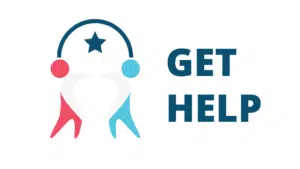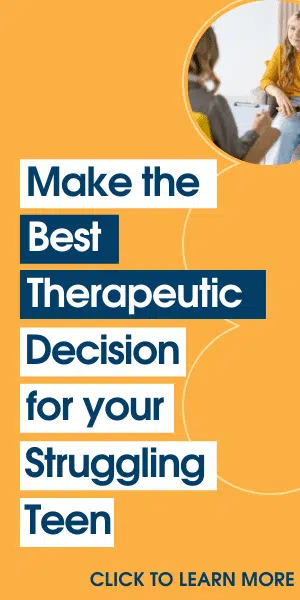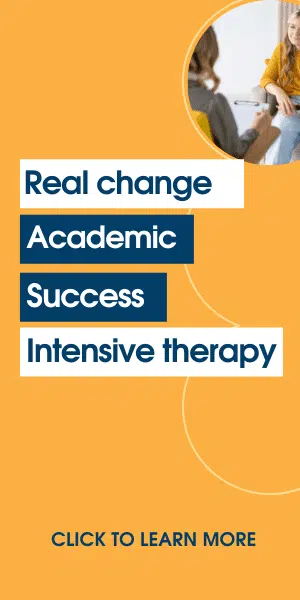Drug Rehab and Residential Treatment Programs for Teen Addiction
Residential teen rehab for drug addiction is more highly sought after now than ever. The opioid epidemic, while not getting as much publicity as it has in the past, is still in full swing.
According to the Centers for Disease Control and Prevention, every day, 136 people die from an overdose of opioids, which includes everything from heroin and prescription pills to synthetic opioids like fentanyl.
Teens are just as affected by the opioid epidemic as adults, and, sometimes, teen addiction can be even more detrimental and tumultuous.
Parents who suspect their teen is using drugs often prolong finding youth rehabilitation programs until a full-blown addiction is at play, which can literally mean the teen’s life is in danger.
Teen drug addiction treatment programs for teens are the first step, but concurrent residential treatment may be even more important.
The Need for Residential Teen Rehab for Addiction Is Climbing
Data from the National Institute on Drug Abuse’s Annual Survey of Teen Drug Use has shown that while marijuana use has remained relatively stable in 2020 compared to prior years, there is an alarming trend.
More teens reported using illicit drugs like methamphetamine or MDMA, almost the same number of teens reported using narcotics as the year before, and younger teens reported using heroin.
Teens have more access to opioids, whether as a prescription pills or an illicit substances bought on the street like heroin. With so many adults regularly prescribed opioids and synthetic opioids, teens naturally have more access points to get the drugs just through people they know.
Social interactions with peers will also usually spur initial substance use in teens, according to Psychology Today.
The most alarming side of this is the fact that teens who start using due to peer behaviors or encouragement most often continue to use substances through early adulthood and beyond.
Because drug use has grown increasingly common in nearly every age group over the last decade, more teens are being introduced to drugs at an early age. Unfortunately, many of those teens inadvertently develop an addiction that threatens their livelihood and lives.
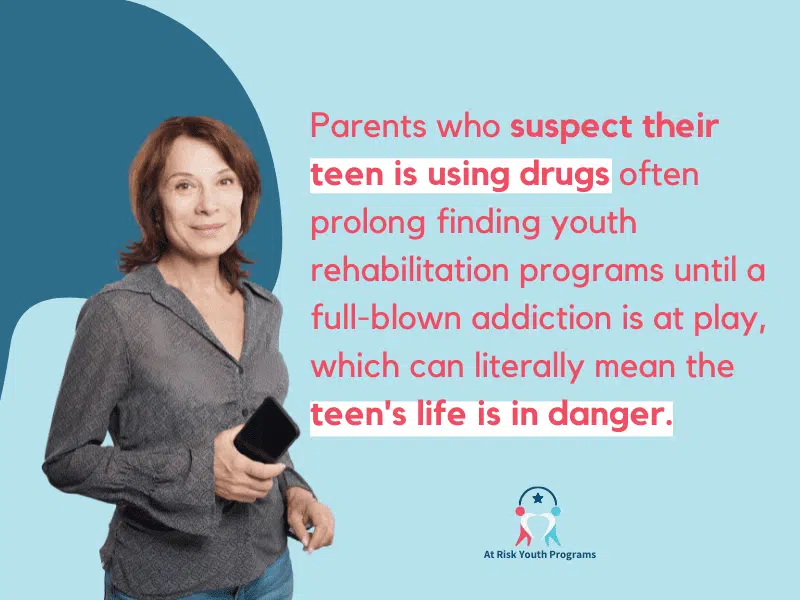
Why Teen Addiction Is More Dangerous Today
Even though the risks of overdose with any opioid are very real, the opioids purchased on the street today can be far more dangerous. Fentanyl, one of the most potent synthetic opioids at as much as 50 times stronger than heroin, has infiltrated the heroin trade and makes its way into tablets often sold by dealers.
The drug is even pressed into counterfeit pills to look like standard prescription drugs like oxycontin. Fentanyl is cheap, extremely strong, and when synthetically produced outside of a pharmacy, can be highly unreliable.
Fentanyl carries a high risk of overdose because of its potency already—it can actually lead to death in a matter of minutes. However, the high risk of overdose is also because sellers use powdered fentanyl to make laced heroin, mixed illicit drugs, or counterfeit pills and have no idea of the potency of the end product.
A teen who is already accustomed to taking standard heroin could still easily overdose on a tiny amount of fentanyl powder. Fentanyl drove drug overdose deaths to new records in 2020. It has been found mixed with everything from heroin and methamphetamine to cocaine.Teens who get drugs from friends, a dealer, or within their family circle face even more questionable outcomes and risks of a fentanyl overdose, regardless of what type of drug it is they believe they are using.Drug and alcohol abuse and dependence are the most prevalent causes of adolescent morbidity and mortality in the United States.1
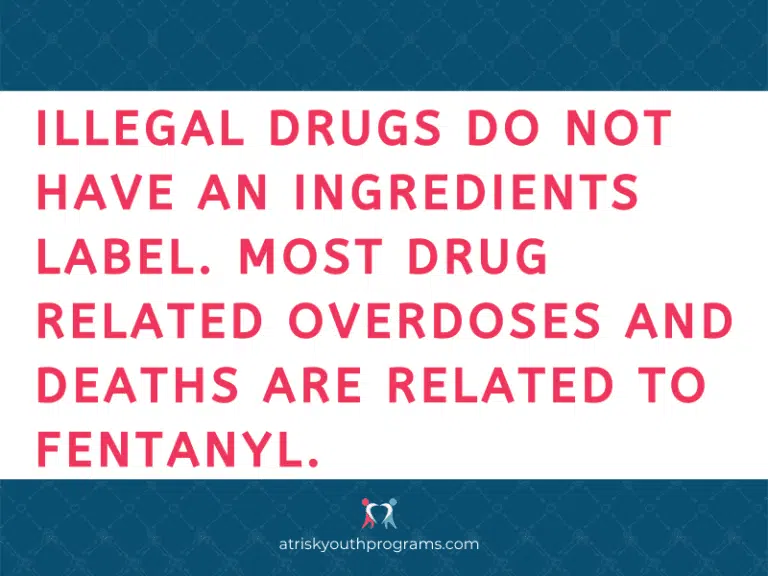
A Look at Teen Overdose Statistics
During the 10-year period between 1999 and 2019, opioids alone were responsible for almost half a million total deaths.
Nearly 60,000 drug-related overdose deaths, with all drugs in the same time frame, affected individuals between the ages of 15 and 24. Some who lost their lives to drugs in the 10-year span were even younger adolescents and children.
In 2019, the NIH recorded nearly 5,000 teen overdose deaths. Over half of these deaths were heroin or illicit opioid-related.
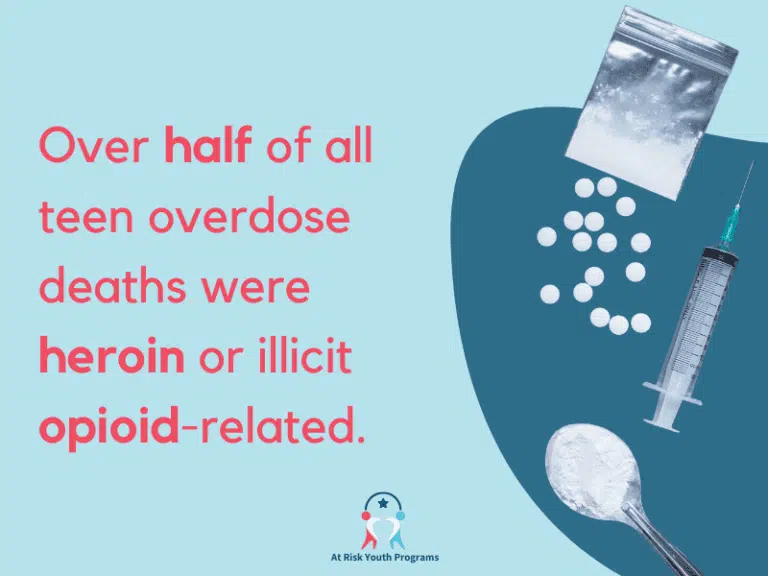
How do residential treatment centers help with teen addiction?
While teen residential treatment centers and therapeutic boarding schools don’t accept teens who are currently battling addiction, the programs serve a valuable purpose after adolescent addiction treatment programs or detox.
Most often, youth go through a teen drug rehab treatment program in a rehab facility and possibly detox before transitioning into a residential program for at-risk youth.
Before a residential program may accept a teen with a substance abuse issue, some require at least a 14-day detox and recovery period before admission.
Also, drug rehab for teen addiction is usually covered by medical insurance, but if a child is in a standard residential program already, teen drug rehab is not often covered, but mental health services may be.
Teen drug rehab programs usually don’t last longer than 30 days. The need for structured care after this brief period of adolescent addiction treatment is profound.
Standard residential programs for at-risk teens focus on mental health, structured regimens, and other areas to learn new skills and get back on track when they are facing life challenges and behavior problems.
These therapeutic programs can last anywhere from 9 to 12 months on average and help with comorbid mental health conditions that often drive adolescent addiction.
One of the best things a parent can do is to intervene when they recognize substance use in their child before the use becomes abuse or addiction.
At this point, the child that is only periodically using drugs can enter a regular residential program without going through teen drug rehab in advance or needing medically supervised detox.
What are the 5 stages of teen drug rehab?
Teen drug rehabilitation is a process that helps teens who are addicted to substances to stop using alcohol or drugs. Substance addiction is a chronic disorder. One-time treatment rarely works. Relapses are common, especially with certain drugs. Drug rehab aims to help people lead healthy and productive lives. The word “rehab” is often used to refer to rehabilitation.
There are five stages of rehabilitation:
1. Acute care: This stage focuses on immediate medical care and stabilization.
2. Inpatient rehabilitation: This stage occurs in a hospital or other inpatient facility. It focuses on intense therapy and rehabilitation.
3. Outpatient rehabilitation: This stage occurs after the person has been discharged from the hospital. It focuses on continued therapy and rehabilitation.
4. Community reintegration: This stage focuses on helping the person readjust to life outside of the hospital or rehabilitation facility.
5. Maintenance: This stage focuses on helping the teen maintain their rehabilitation gains over the long term.
Drug rehab usually consists of a combination of medication and behavioral therapies.
Teen Drug Rehab and Residential Programs Go Hand in Hand
While the two types of programs may be focused on mental health, these two programs are offered by very different places and have highly different goals.
A teen addiction treatment is focused on weaning the child off of drugs. By contrast, residential treatment for teens offers a structured life for long-term rehabilitation for behavioral issues and mental health problems.
Nevertheless, these two steps may both be necessities for a healthy future. Click the link to learn more about at risk youth residential programs that treat drug addiction.
If you need to learn more about helping your at-risk child, reach out to us at At Risk Youth Programs to learn more about available options.
- Brannigan R, Schackman BR, Falco M, Millman RB. The Quality of Highly Regarded Adolescent Substance Abuse Treatment Programs: Results of an In-depth National Survey. Arch Pediatr Adolesc Med. 2004;158(9):904–909. doi:10.1001/archpedi.158.9.904
- NIDA. 2021, August 3. Preface. Retrieved from https://nida.nih.gov/publications/principles-drug-addiction-treatment-research-based-guide-third-edition/preface on 2022, September 21



 t
t